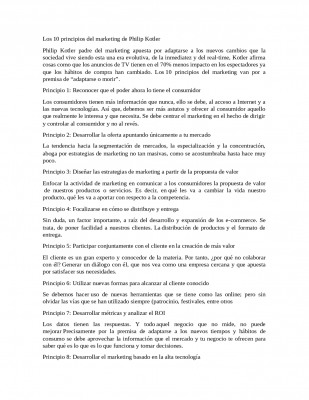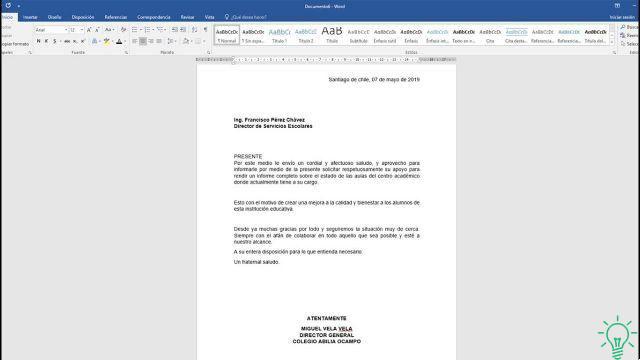
Last update: 02 September, 2020
A healthy work environment produces satisfaction, well-being and good relationships between colleagues. Unfortunately, this is not always the case. Sometimes we feel frustrated, tired and unmotivated. It may even happen that we don't want to go to work because of a colleague, a boss or the air we breathe in general. A toxic work environment it can have very negative consequences on us.
If we keep in mind that any business or organization is a hive of emotions, it is not strange to think that conflicts and differences exist. This is not the problem, but how to manage them and what consequences they can have. A toxic work environment is characterized by grumpy and manipulative behavior.
Learning to understand if you too live in a toxic work environment will be of great help to protect you and prevent you from becoming impregnated with that toxicity. Below we talk about the most common characteristics of a workplace of this type.
Characteristics of a toxic workplace
1. Absenteeism
It's common for people to get sick, have a doctor's appointment, or need time off work. Nonetheless, when this behavior starts to get repetitive it could be a warning sign.
Missing at least three times a month or more, or always asking for time off is a typical form of absenteeism. This also applies to personal activities, medical appointments or illnesses. Unjustified absenteeism phenomena may indicate a toxic work environment.
Another form of manifestation of absenteeism is mental absence. Arrive at the workplace and spend most of your time doing activities that are not related to your duties.
These conducts they can be corrected if the boss takes it upon himself to foment the motivation of the employees. Succeeding is essential to prevent discouragement from spreading between them.
2. Abuses by superiors
A toxic work environment also occurs when there is no respect on the part of superiors towards staff. This can also be revealed through the indiscriminate use of cynicism and sarcasm.
It is also reflected in the formulation of contemptuous comments, not very constructive criticisms and comparisons between colleagues. These behaviors do not encourage teamwork, but rather excessive competence and malaise.
3. Bad communication
Communication problems at work usually occur when this is not direct, it is incomplete or when the whole truth is not told. This generates uncertainty, double meanings and confusion for those who receive the information. The final consequences are mistakes and problems in work activities.
In many cases, superiors are not clear about how they want certain tasks to be accomplished. They wait for their subordinates to read their minds or guess the details. If this situation continues over time, frustration, insecurity and demotivation will be evident.
4. Poor protection of the employee
This situation occurs when the agency has its own interests (customers, cost savings, etc.) at heart rather than the interests of the employees. In these cases there is no rotation nor the possibility of having a promotion. No accountability training or programs for improvement are offered.
In this context, the employee can spend 10 years doing the same tasks over and over with no chance of receiving a promotion or at least being considered for one. Generally all of these behaviors create great distress among employees and a toxic work environment.
5. Dictatorial leadership
In this case, the supervisor makes all decisions without worrying about what his team thinks. He does not listen and does not want to know the opinion of the subordinates. This generates fear when expressing any disagreements.
A dictatorial leader is often a person with little trust. She believes she is the only one capable of doing a good job. Many times this lack of trust is due to personal insecurities, especially when one of the employees proves to have excellent qualities, and is considered a threat.
This type of toxic work environment has an aggravating circumstance: employees cannot count on a figure present. A leader who can help them find solutions to their problems.
6. Role problems
Role is the function a person performs in their workplace. Even when it is extremely complex, it is essential to have it well defined. If this doesn't happen, the person may not have a clear idea of his or her role within the company.
In this case tasks that do not correspond to the customer's request can be carried out. Or maybe we take care of requests and needs that are inconsistent with each other or incompatible for the realization of the work.
7. Bullying
Abuse at work or bullying is one of the most common situations in a toxic work environment. It occurs when one or several colleagues hinder the work of others. More, a bad relationship with colleagues can be a great source of stress.
All of these problems can compromise employees on a physical and psychological level. This affects their overall feeling of well-being. It is therefore necessary to fight them in order to manage or avoid a toxic work environment.

























